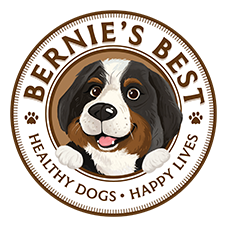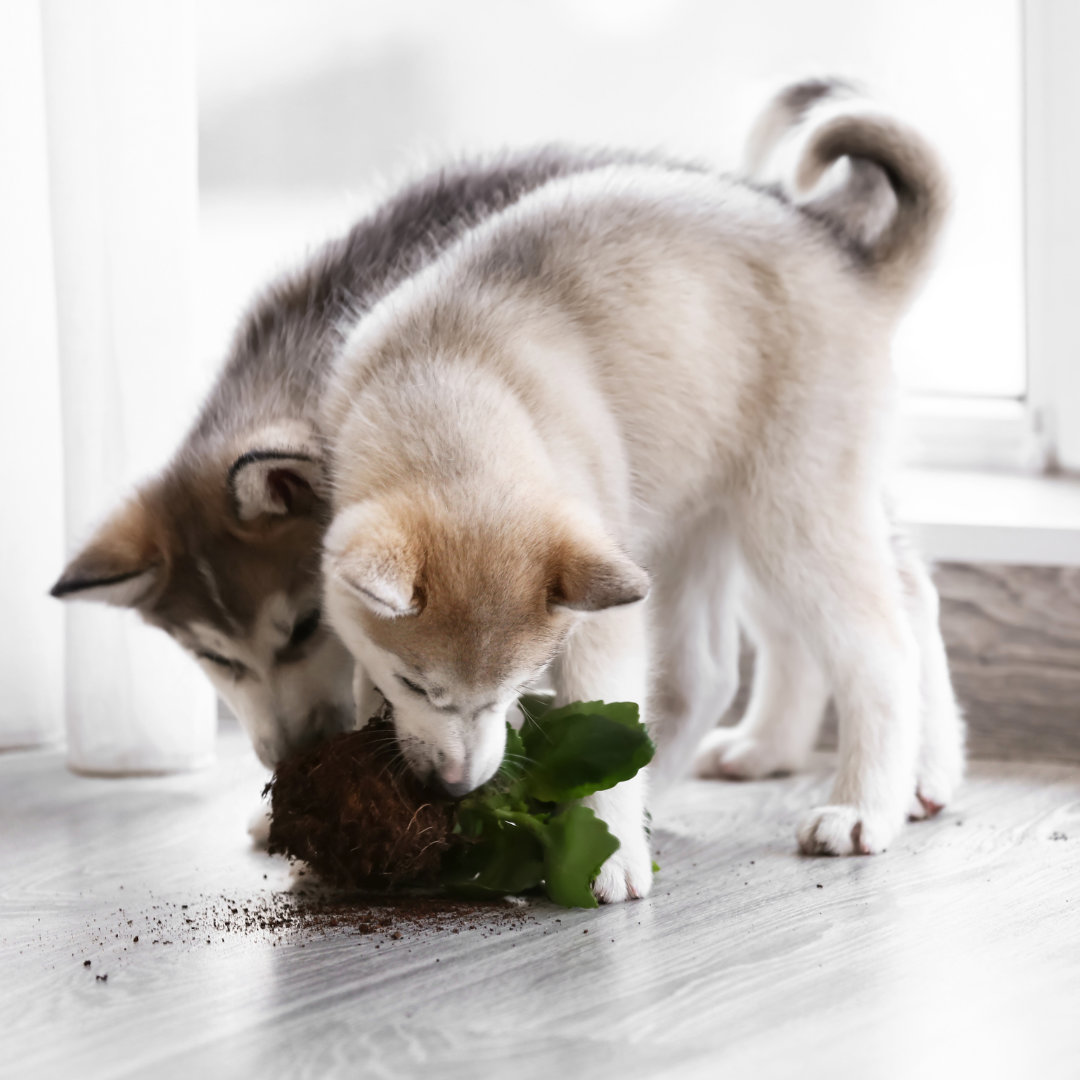It’s almost a given…most dogs will end up eating something non-food in their lifetime. For the most part, that ‘puppy-like’ behavior disappears and your dog realizes the good stuff is that yummy food you give. But if your dog has pica, that’s an eating problem in dogs you need to deal with. Known as pica in dogs, it can be serious.
Most dog pawrents would agree that destroyed shoes, books, underclothes and furniture legs are often part of the price we pay to have our furry best friends. At least when we initially become dog pawrents and we teach our dogs what’s good to eat–and what’s not.
Some dogs even have that nasty habit of eating their poop, also known as coprophagia, and this is the most common form of pica in dogs. According to the University of California School of Veterinary Medicine, Davis, pica in dogs is when they eat unusual things like wood, plastic, strings, rocks, rubber bands and more. The difference between a dog who has a ‘chewing’ problem and a dog with pica is that the dog with pica consistently and persistently chews and consumes the non-nutritional substances, and this can be a problem.
Why Is Pica In Dogs A Problem?
The problem of dogs with pica can be serious. When dogs eat things they aren’t able to digest, they can get stuck in the digestive tract. Depending on what they eat, they can even get tangled and cut off oxygen and flow. This can cause serious issue, and could require immediate and emergent veterinary care. If you know your dog has pica and you notice some of the following, you should contact your vet immediately: Unable to poop, drooling, lethargy, vomiting, diarrhea, abdominal pain. Call your vet and tell them you’re coming and then get there quickly.
What Causes Pica In Dogs?
For the most part, pica in dogs is considered to be a behavioral condition. They’re likely bored, stressed or suffering from anxiety or other mental health conditions.
Still, some dogs suffer from pica because they have medical conditions that are associated with poor digestive function. Dogs with pica may suffer from malnutrition, liver disease, parasites or anemia. It’s important that you ensure your dog’s gut health is as good as it can be, and that he’s getting maximum nutrient absorption when you are trying to treat pica in dogs. If your dog’s gut health and nutrition are good, and it’s behavioral in nature, you’ll need to work on helping relieve your dog’s compulsion to eat non-food items. In many cases, good gut health can make a huge difference because good gut health is tied to good mental health and reduced anxiety.
What Else Can I Do To Help Pica In Dogs?
The most important thing to do for pica in dogs is to be sure they are getting the nutrition they need and their digestive system is working as it should. This alone can reduce their need to seek out other things to eat and satisfy nutritional deficiencies. But, if you know their gut health is in great shape and they’re still eating things they shouldn’t, work on behavioral remedies.
Ensure your dog gets a good amount of exercise per day. If you have an active breed, they crave that exercise and stimulation and if they don’t get it, they may end up with pica. Consider giving them things to do to help lessen boredom they may suffer–puzzles and food games or even a dog walker to give them some extra attention and distraction from pica.
Basic as it sounds, try to remove the things the dog is eating so they don’t have access to it anymore. Teach him the ‘drop it’ or ‘leave it’ command or even consider spraying items he tries to eat with something like Bitter Apple to deter him. Contact your vet for more options should these not be sufficient.
Bernie’s Perfect Poop May Lesson Symptoms Of Pica In Dogs
Experts agree that good digestive and gut health are tied to so many other health-related issues in dogs and us, their humans. When your dog’s gut health is as it should be, his microbiome connection to the brain (also called the gut-brain axis) can naturally help relieve symptoms that come from anxiety, mental health issues, boredom or depression. Additionally, when his gut his healthy, he’s not necessarily going to be seeking ways to supplement nutrition, as he’s getting maximum absorption already. Giving your dog Perfect Poop with every meal is the easiest way to ensure his gut his healthy and his microbiome is thriving. The premium fiber in Perfect Poop keeps food moving through the system as it should (and may even help prevent blockages that could end you up in the vet’s office) and the pre- and probiotics in Perfect Poop create the perfect, thriving gut flora your dog needs for the healthiest gut on the block. Digestive enzymes also make sure he’s able to absorb the nutrients from the food you give him, and since good health begins in the gut, his overall health and vitality are enriched.
Pica in dogs can be serious, but there are things you can do to help your furry friends be at their best. One of the most delicious and easiest is giving them Bernie’s Perfect Poop every day.


